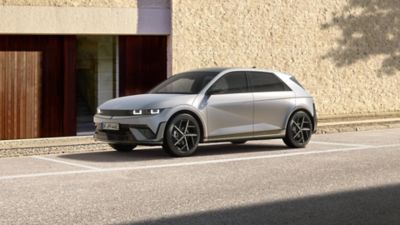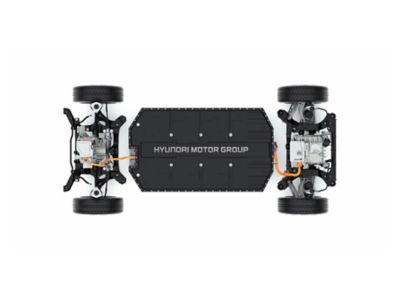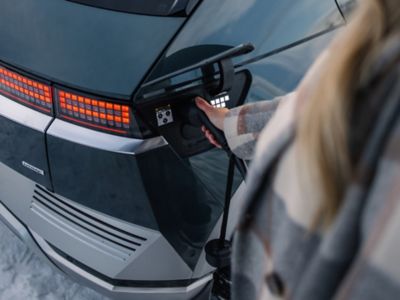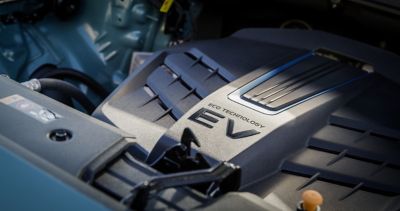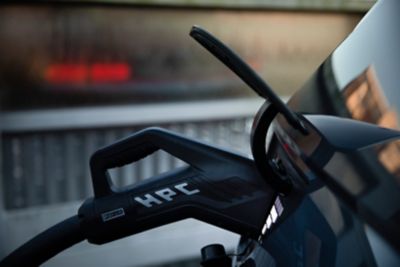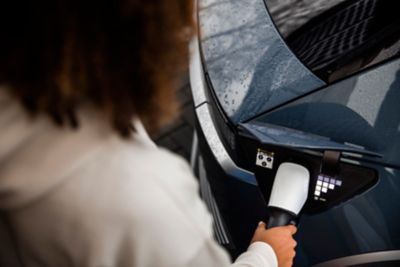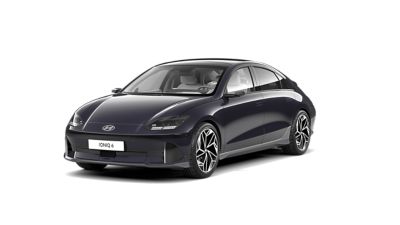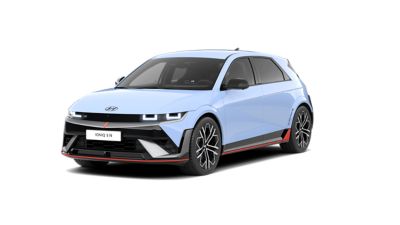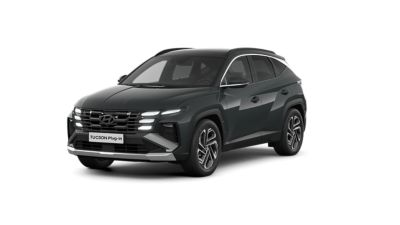Safety comes first.
As with any other car, safety is the top priority in the design of electric vehicles. They undergo the same crash tests and meet electric-vehicle-specific standards on top of that. Let’s address EV safety concerns related to weather, accidents, and the charging process.
Weather
Temperature and weather conditions.
Accidents
Electric cars are safe in accidents.
See how safe the TUCSON Plug-in Hybrid is.

Electricity
General safety issues.
Discover more about our electric vehicles.
Discover our electrified vehicles.
*Range shown is according to WLTP combined cycle. Driving range may vary slightly depending on road conditions, your driving style and the temperature. It is also is dependent on the type of tyres equipped. Technical data not final.
** Charging time is based on charging with on 32A wallbox and 3.3 kW OBC. Charging times may vary depending on available charging conditions, including charger type and condition, battery temperature and ambient temperature at point of use.
*** This model is not yet available for sale. Official technical data and range of this model are pending final homologation.



